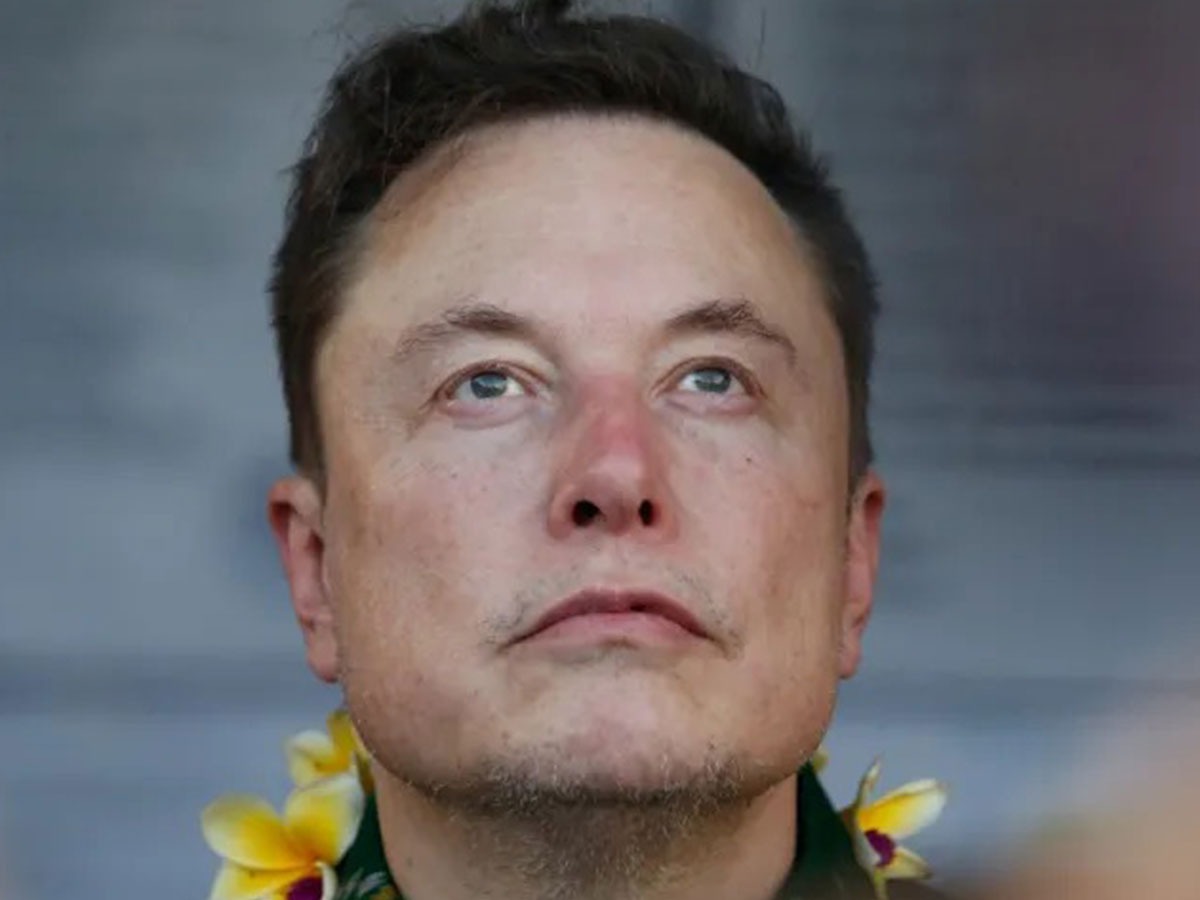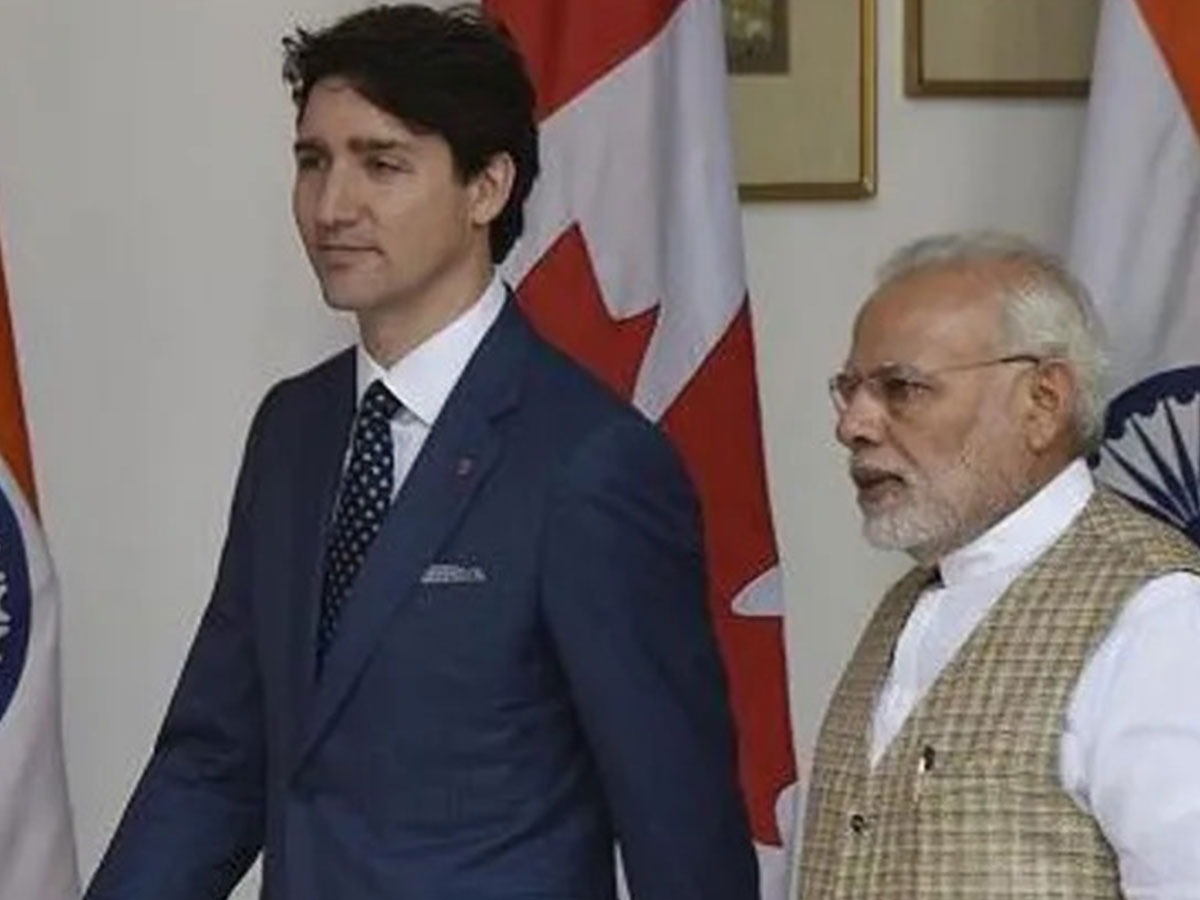
Musk vs. Ambani: Billionaire Showdown in India’s Satellite Internet Race
The competition between two of the world’s wealthiest individuals, Elon Musk and Mukesh Ambani, intensifies as they prepare to compete in India’s satellite broadband market.
Following India’s government announcement last week that it would allocate satellite spectrum for broadband administratively rather than through an auction process, the rivalry has intensified. Musk has previously criticized the auction model favoured by Ambani.
Satellite broadband enables internet access across the satellite’s coverage area, making it a viable option for remote and rural locations where traditional services like DSL or cable are not available. This technology also plays a crucial role in bridging the digital divide in hard-to-reach areas.
As of now, India’s telecom regulator has not disclosed spectrum pricing, and commercial satellite internet services have yet to commence. However, a credit rating agency, ICRA, projects that satellite internet subscribers in India could reach two million by 2025.
The market is highly competitive, with approximately half a dozen major players, with Ambani’s Reliance Jio at the forefront. Having invested billions in airwave auctions to establish dominance in the telecom sector, Jio has now allied with Luxembourg-based SES Astra, a prominent satellite operator.

In contrast to Musk’s Starlink, which utilizes low-Earth orbit (LEO) satellites positioned between 160 and 1,000 km from Earth for enhanced service, SES operates medium-Earth orbit (MEO) satellites at a significantly higher altitude, providing a more cost-efficient system. Ground receivers capture satellite signals and convert them into internet data.
Musk’s Starlink boasts 6,419 satellites in orbit and four million subscribers across 100 countries. He has aimed to launch services in India since 2021, but regulatory challenges have caused setbacks.
If Musk’s company successfully enters the Indian market, it would bolster Prime Minister Narendra Modi’s efforts to attract foreign investment and enhance the government’s image as pro-business, countering perceptions that its policies primarily favour Indian tycoons like Ambani.
Ambani has invested billions in airwave auctions to assert his dominance in India’s telecom landscape. While auctions have proven profitable in the past, the Indian government defends its decision to allocate satellite spectrum administratively this time, asserting it aligns with international standards.
Typically, satellite spectrum is not allocated via auctions, as the associated costs could deter investment in the sector, explains Gareth Owen, a technology analyst at Counterpoint Research. Conversely, administrative allocation would facilitate fair distribution among “qualified” players, allowing Starlink an opportunity to join the fray.

Nevertheless, Reliance argues that an auction is essential to ensure equitable competition, given the absence of clear legal guidelines in India regarding direct satellite broadband services. In letters sent to the telecom regulator earlier this month, Reliance urged the establishment of a “level playing field” between satellite and terrestrial access services.
The company has noted that “recent advancements in satellite technologies… have significantly blurred the lines between satellite and terrestrial networks,” emphasizing that “satellite-based services are no longer confined to areas unserved by terrestrial networks.” One letter stated that spectrum assignments should occur through auctions under India’s telecom regulations, allowing administrative allocation only for “public interest, government functions, or technical or economic reasons preventing auctions.”
On X, Musk pointed out that the spectrum “was long designated by the ITU as shared spectrum for satellites.” The International Telecommunication Union (ITU), a UN agency responsible for global digital technology regulations, sets these standards, and India is a member and signatory.
When Reuters reported that Ambani was lobbying the government to reconsider its stance, Musk responded on X, stating, “I will call [Mr. Ambani] and ask if it would not be too much trouble to allow Starlink to compete to provide internet services to the people of India.”
Ambani’s opposition to the administrative pricing approach may stem from a desire to maintain a strategic advantage, suggests Owen. The billionaire might be “prepared to outbid Musk,” using an auction to potentially exclude Starlink from the Indian market.
However, Ambani is not alone in supporting the auction model. Sunil Mittal, chairman of Bharti Airtel, has voiced that companies aiming to serve urban, high-end customers should “take telecom licenses and buy spectrum like everyone else.” Mittal, whose company is India’s second-largest wireless operator, along with Ambani, controls 80% of the country’s telecom market.
This resistance to the administrative allocation method is perceived as a “defensive move aimed at raising costs for international players seen as long-term threats,” according to telecommunications expert Mahesh Uppal. He added, “While not immediate competition, satellite technologies are advancing rapidly. Telecom companies [in India] with substantial terrestrial businesses fear that satellites could soon become more competitive, challenging their dominance.”
The potential of the vast Indian market is at stake, with nearly 40% of India’s 1.4 billion people still lacking internet access, particularly in rural areas, according to EY-Parthenon, a consulting firm. For comparison, China boasts approximately 1.09 billion internet users, nearly 340 million more than India’s 751 million, based on data from DataReportal, which tracks global online trends.
India’s internet adoption rate remains below the global average of 66.2%, but recent studies indicate that the country is narrowing the gap. If appropriately priced, satellite broadband could help close this gap and facilitate the growth of the Internet of Things (IoT), which connects everyday objects to the Internet, allowing them to communicate.
Pricing will be a crucial factor in India, where mobile data rates are among the lowest globally—just 12 cents per gigabyte, as highlighted by Modi. “A price war [with Indian operators] is inevitable. Musk has deep pockets. There’s no reason why he cannot offer a year of free services in [some] areas to establish a presence in the domestic market,” suggests technology analyst Prasanto K Roy. Starlink has already reduced prices in Kenya and South Africa.

However, challenges remain. A 2023 report from EY-Parthenon noted that Starlink’s costs—approximately ten times those of major Indian broadband providers—could hinder its competitiveness without government subsidies. Additionally, operating LEO satellites requires significantly more satellites for global coverage than MEO satellites, leading to increased launch and maintenance expenses.
Some fears from Indian operators regarding competition may be unfounded. “Businesses will never switch completely to satellite unless there is no terrestrial option. Terrestrial networks will always be less expensive than satellite, except in sparsely populated areas,” Owen notes.
While Musk could enjoy a first-mover advantage, he should be aware that “satellite markets are notoriously slow to develop.” The battle between these two billionaires for supremacy in the realm of space internet has only just begun.



